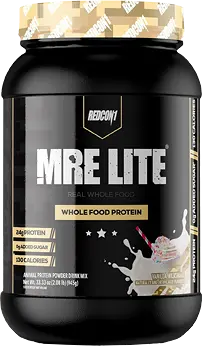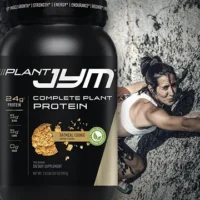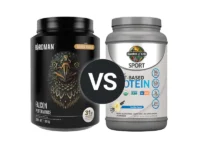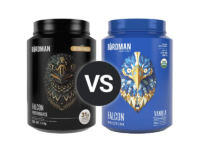Knowledge BaseYou're Questions Answered
Can you mix pea protein powder with milk?
Pea protein powder is a plant-based protein supplement made from yellow peas. It is known for its high protein content, hypoallergenic properties, and suitability for those following a vegetarian or vegan diet. Mixing pea protein powder with milk, whether dairy or plant-based, is a common practice that can enhance the nutritional profile and taste of the protein shake. Here’s a detailed look at the benefits and considerations of mixing pea protein powder with milk.
Benefits of Mixing Pea Protein Powder with Milk
1. Enhanced Protein Content
Combining pea protein powder with milk can significantly increase the protein content of the shake. Dairy milk naturally contains about 8 grams of protein per cup, while pea protein powder typically provides around 20-25 grams of protein per serving. This combination can help meet daily protein needs, especially for those looking to support muscle growth and recovery1.
2. Improved Amino Acid Profile
While pea protein is a rich source of essential amino acids, it is relatively low in methionine. Dairy milk contains a more balanced amino acid profile, including methionine. Mixing the two can provide a more complete protein source, making it beneficial for those seeking to optimize their protein intake2.
3. Enhanced Taste and Texture
Pea protein powder has a distinctive earthy taste that some may find less palatable. Mixing it with milk, especially flavored or sweetened varieties, can help improve the taste and create a smoother texture. This is particularly useful for individuals who may be sensitive to the taste of plant-based proteins.
4. Additional Nutritional Benefits
Milk, whether dairy or plant-based, offers additional nutrients that can complement the benefits of pea protein powder. Dairy milk provides calcium, vitamin D, and other essential nutrients. Plant-based milks, such as almond or soy milk, often contain added vitamins and minerals, such as vitamin B12 and calcium, making them a good choice for those following a vegan diet3.
Considerations
1. Choice of Milk
When mixing pea protein powder with milk, consider dietary preferences and potential allergies. For those who are lactose intolerant or allergic to dairy, plant-based milks like almond, soy, or oat milk are excellent alternatives. These options also cater to vegans and individuals avoiding animal products.
2. Sweeteners and Additives
Be mindful of the type of milk used, especially if it contains added sugars or flavorings. While these can enhance the taste, they may also increase the calorie and sugar content of the shake. Opting for unsweetened milk varieties can help control sugar intake.
3. Mixing and Preparation
To achieve a smooth and well-blended shake, use a blender or shaker bottle. Gradually adding the pea protein powder to the milk while blending can help prevent clumping and ensure a consistent texture.
- Gorissen, S. H., Crombag, J. J., Senden, J. M., Waterval, W. H., Bierau, J., Verdijk, L. B., & Van Loon, L. J. (2018). Protein content and amino acid composition of commercially available plant-based protein isolates. Amino Acids, 50(12), 1685-1695.
- Hoffman, J. R., & Falvo, M. J. (2004). Protein–which is best? Journal of Sports Science & Medicine, 3(3), 118-130.
- Craig, W. J. (2009). Health effects of vegan diets. American Journal of Clinical Nutrition, 89(5), 1627S-1633S.
Related Questions
Related Reviews

Your Answer
We are a participant in the Amazon Services LLC Associates Program, an affiliate advertising program designed to provide a means for us to earn fees by linking to Amazon.com and affiliated sites.





